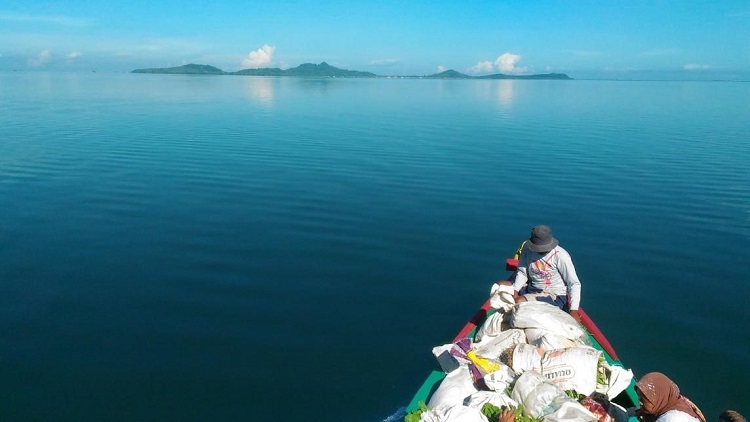Remote island communities are fighting for greater autonomy and more suitable, fair development
Mohamad Rachmadian Narotama
It is Monday morning in Tarempa in the Anambas Islands. Primary school children in their red and white uniforms sing the national anthem to commence the flag ceremony. This usually takes place in a school field or playground, but in Tarempa, the students line up in a narrow street due to lack of space. The original town of Tarempa, the capital of Anambas Islands district in Riau province was built in a protected harbour where the coastline is high rocky terrain with very limited land for development, even for public buildings.
Nearby, several government offices stand on concrete or wooden pillars above the sea. Construction of this type is common in the Riau Islands and has become the norm, despite being in conflict with coastal development regulations. The fact that even local government buildings are situated on the water illustrates how firmly planning regulations can be in conflict with reality on small islands.
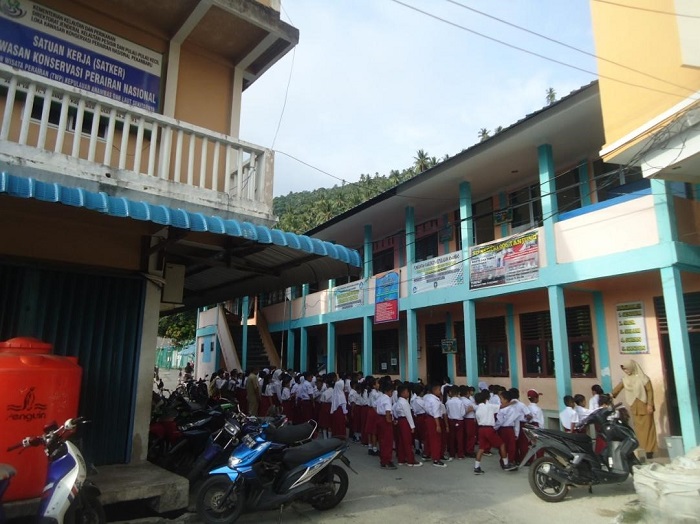
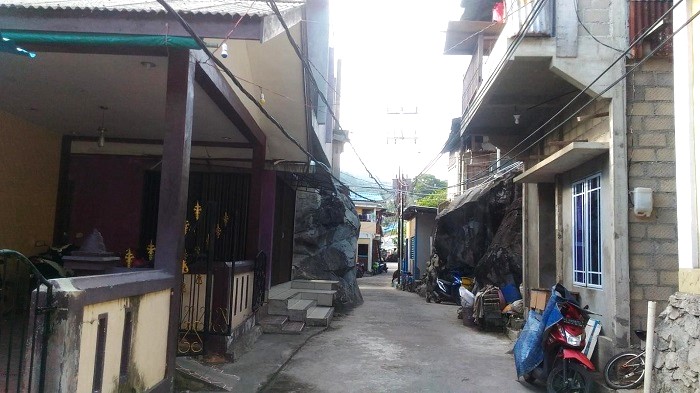
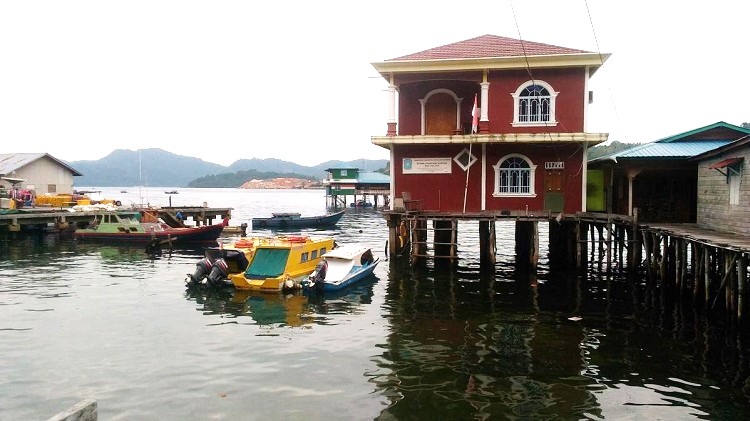
Many residents travel daily between islands using private vessels with very low safety standards. The national committee of transport safety reported that, based on 2017 data, most transport accidents in Indonesia occur at sea. This was based on major incidents, however, such as passenger ships of more than 100 passengers, but incidents relating to small boats have not been properly recorded, indicating that the reality may be even worse than the data suggests.
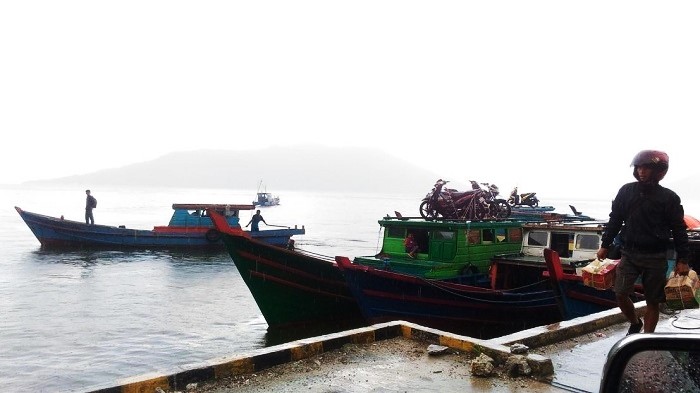
These images are only a few examples of the unique reality of life on small islands. It is a lifestyle that can be very different from that on Indonesia’s main islands however the archipelago nation has only just begun to define different policies and development programs to suit its wide variety of island geographies. The failure of policy makers to take this variety into account has led to the marginalisation of small islands, and the emergence of a bottom-up political movement to defend the rights of small islands.
Marginalisation
Indonesia’s small islands have not always been so marginalised, or so interconnected. Some were once centres of government, such as the Riau-Lingga-Johor Sultanate in Lingga Island and the Ternate and Tidore sultanates in the small islands of North Maluku.
Modern administration of state affairs has prioritised the development of larger islands. More land for development and access to other regions increases the possibility for economic growth, trade, communication, control and also evacuation in the event of natural disasters or security issues. Such a rationale lay behind the decision to relocate the capital of Riau district from Tanjung Pinang to Pekanbaru in Sumatra in 1959, and North Maluku’s capital from Ternate Island to Sofifi on the mainland in 2010.
Sparse and small populations on small islands make infrastructure provision less economically efficient. Central government funds transfer arrangements have not yet differentiated local governments of small islands from other areas. Although the general fiscal distribution (DAU) from central government to district governments adjusts the construction cost index (IKK) to consider geographical conditions, the calculations do not represent the various challenges involved in providing services such as health and education, which require more effort to deliver on small islands. One complicating factor is that it is sometimes not possible to place schools and health facilities on each inhabited island.
The picture below shows how school children commute between islands for school in Bintan district; in this case, sea transport is paid for by the local government where such needs are not provided for in the general allocation funds for district governments. Local governments with less income may not be able to provide such subsidies.
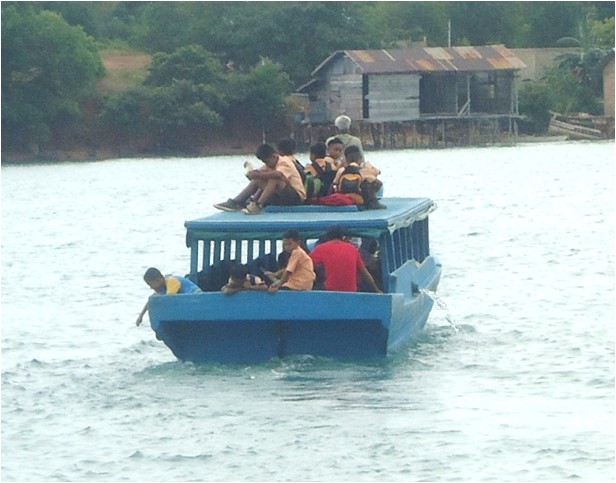
The government’s rigid administration adds another layer of challenge for small islands. In terms of budgeting, government project calculations are based on material costs in each sub-district, but for dispersed small islands prices might be much higher than the cost in the sub-district’s centre. As a consequence, projects on islands furthest away may not be considered viable. Rigid time frames for project implementation is also a challenge, as in reality, transporting material, equipment and workers can vary depending on weather conditions.
Small islands are also vulnerable to changes in national policy. The latest autonomy act issued in 2014 stipulated that district governments had no more authority over marine affairs, including monitoring, maintenance and law enforcement in relation to marine and fishing industries. Before this, district governments’ jurisdiction extended four miles (6.4 kilometres) from the coast line and provincial governments were in charge from there out to 12 miles from the coast. After 2014, zero to 12 miles all came under provincial government authority, despite them having limited capacity and resources to take over affairs previously handled by district governments. The result is that the affairs of the sea, inseparable from small islands and their economies, have become ungoverned spaces, increasing risk of ecosystem damage and loss of potential marine income for island governments.
More recently, the central government has initiated some targeted programs for outer islands and less-developed areas. How has this movement changed the lives of islanders and how they are governed?
The state’s approach
The affairs of small islands are largely handled by the Ministry of Maritime Affairs and Fisheries through the Directorate of Coastal Areas and Small Islands. The emphasis of the directorate’s work and its targeted development programs is on traditional fishing industries and environmental protection in coastal areas.
Recently small islands have been given more attention through overlapping central government programs. President Jokowi’s 2014 program ‘Developing from the periphery’ pushed for development in less-developed and border areas through various ministries. The Ministry of Health focuses on underdeveloped and border areas and island communities (daerah tertinggal, perbatasan dan kepulauan, or DTPK). Programs such as Nusantara Sehat (healthy archipelago) has sent doctors and nurses to remote and insular areas on one to two year contracts. In education, priority programs do not specifically target islands but have a more general focus on the frontier, outer-most and underdeveloped regions (daerah terdepan, terluar, tertinggal or ‘3T’). Programs include Guru Garis Depan (frontline teachers) and SM3T which both send teachers to rural areas of Indonesia on temporary contracts. Another national program that has reached the most remote small islands is the village fund, or dana desa, where development funds have been distributed directly at village level.
In the short term these targeted programs have helped service delivery on small islands. However, questions remain about the sustainability of services. Physical infrastructure may have a long lasting effect but delivery of health and education services also relies on connectivity and human resources. For governments in charge of small islands, this long anticipated series of targeted programs have not yet provided a comprehensive solution.
Special autonomy
The conditions above have made residents of small islands feel increasingly marginalised. This has acted to strengthen a collective small island identity resulting in a bottom-up political movement advocating for the rights of small islands. Islanders have called for the right to govern themselves under small island terms, not under mainland hegemony. In 2005, provinces of small islands experiencing similar challenges established the Island Provinces Cooperation Body representing Riau Islands, Maluku, North Maluku, Bangka Belitung, North Sulawesi, Nusa Tenggara Barat and Nusa Tenggara Timur. The focus of the group was to advocate for a fair fiscal arrangement that saw their particular needs differentiated from those of mainland provinces.
One request was that the calculation of each province’s sea area include all the waters that fall within the province’s outer-most islands – rather than just those within a 12-mile radius of each individual island. This change would give the island provinces a larger sea area and consequently increase funding from the central government which could be used to cover costs due to the high cost of services. In making their claim, the island governments pointed to the special sea jurisdiction granted to Indonesia by UNCLOS (United Nations Conference on the Law of the Sea) in 1982 which gives Indonesia rights over the entire sea area within its outer islands. Their struggle has led to some positive outcomes; they successfully lobbied for the Autonomy Act 23/2014 to prioritise development in island provinces. Although it is still broad and general legislation, it is seen as the first significant milestone.
The most recent effort of the Island Provinces Cooperation Body has been drafting legislation to ratify an Island Area Act (RUU Daerah Kepulauan) as a follow up to the central government’s acknowledgement of provinces with archipelagic characteristics. In the draft Island Area Act, island provinces have rights over resources under, within and above their marine area. Not surprisingly there have been criticisms of the draft act from those in central government arguing that there should be no such thing as an island province, as the entire country is an archipelago and other legal considerations. As of late 2019 the draft was still under consideration by the national legislature. Whatever the result will be, it indicates that small islands have strengthened as a political movement based on a collective small island identity.
Development led by the central government has not been the perfect solution for small islands as it ignores the importance of challenges relating to the sea. However, additional funding alone is not enough. There are many challenges related to priorities, standards and rigid administration that will continue to be barriers for small islands.
Small islands’ challenges are not only about infrastructure, but as the earlier example of Tarempa shows, islands have unique spatial concerns that need to be carefully planned for. Island governments also need to develop an efficient and safe way to travel between islands and protect continuity of services, especially health and education, while preserving marine and island ecosystems. The Island Area Act will provide an opportunity for small island governments to govern ‘the island way’ with their wide range of small island affairs. The central government needs to ensure that additional resources are used by island governments to develop small island solutions. If the Island Area Act does get ratified, it is important to ensure that additional resources go toward a comprehensive approach to solving island problems and challenges.
Mohamad Rachmadian Narotama (mr_narotama@yahoo.com) is a PhD student in Urban and Regional Studies at The University of Birmingham in the UK, conducting research on the development of Indonesia’s small islands, in relation to decentralisation and local governance. He has a masters in Infrastructure Management and Community Development from Gadjah Mada University. Photos all courtesy of the author.
